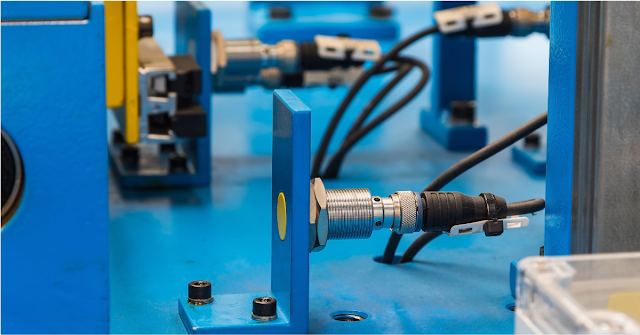In the world of industrial automation and instrumentation, analog signals play a vital role in transmitting sensor and control data. Two of the most common analog signal standards are 4-20mA and 0-10V. But we need to consider which one is better for your application.
What is a 4-20mA Signal?
The 4-20mA current loop is a widely used standard signal for transmitting analog values in industrial environments. The signal starts at 4mA (representing 0%) and goes up to 20mA (representing 100%).
Advantages of 4-20mA:
- Noise immunity: Current signals are less susceptible to electrical noise and signal degradation.
- Long-distance transmission: Ideal for long cable runs (over hundreds of meters).
- Error detection: A reading below 4mA usually indicates a fault or disconnection or wire broken.
What is a 0-10V Signal?
A 0-10V signal uses voltage to represent analog values. 0V typically represents 0%, and 10V represents 100% of the measured value.
Advantages of 0-10V:
- Simple and cost-effective: Often used in HVAC systems and short-distance applications.
- Easy to interface: Compatible with a variety of controllers and analog devices.
Which Signal Should You Use?
- Use 4-20mA when:
- You need reliable long-distance signal transmission.
- You are working in electrically noisy environments.
- Fault detection is critical.
- Use 0-10V when:
- You have short wiring distances.
- Cost is a concern.
- You're working with systems like lighting or HVAC
Conclusion
Both 4-20mA and 0-10V have their own strengths. Your choice depends on your specific application requirements. For robust, noise-resistant, and long-distance signal transmission, 4-20mA is typically preferred in industrial automation. For shorter runs and simpler setups, 0-10V is a practical option.







0 Comments